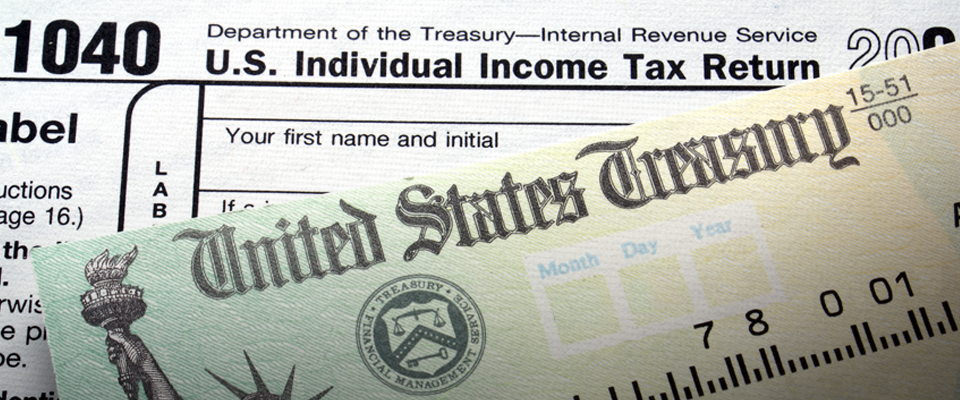If you've already submitted your 2014 tax return, good for you! If not, don't fret. The following tips will help you maximize your benefits by the April 15 deadline.

For Your 2014 Return:
Contribute to an IRA.
Every penny you put in an IRA can lower your taxable income, which may lower your tax bill.* Assuming you have earned income, those under age 50 can contribute up to $5,500 to their own IRA and/or $5,500 to a spouse’s IRA. If you are 50 or older, you can contribute an additional $1,000. It must be contributed before April 15, 2015 (tax day).
If you expect to have minimal tax liability this year, consider funding a Roth IRA. Contributions are taxed in the current year, but qualified distributions*, including investment gains, may not be taxed.
Take advantage of the Saver’s Credit.
If you contribute to a retirement account, your adjusted gross income is no more than $30,000 (single) or $60,000 (married filing jointly) in 2014, and you meet other qualifications, you may be eligible for the Saver’s Credit—up to $1,000 (single) or $2,000 (married filing jointly). This is an actual reduction in your tax bill, not a deduction, which simply lowers your taxable income.
For Your 2015 Return:
Adjust your withholdings.
If you will owe a big tax bill or receive a large tax refund for 2014, consider adjusting your employer’s income tax withholding. The goal is to withhold enough throughout the year to avoid a large tax refund. This is counterintuitive for people who enjoy refunds; however, a refund means you’ve given Uncle Sam a zero-interest loan when you could have been saving or investing that extra withholding.
Increase charitable giving.
Giving allows you to recognize your money as God’s faithful provision. It can also potentially lower your tax bill if your itemized deductions are greater than the standard deduction. Start by tithing. Then consider a planned giving vehicle such as a Donor Advised Fund. This allows for upfront tax deductions from cash and non-cash gifts, plus automatic tracking of giving.
Lower your taxable income.
Contributing to traditional IRAs and employer plans like a 403(b) or 401(k) is a great way to lower your taxable income. Invest as much as you can and increase your contributions at least annually until you can invest the maximum amount. Once you reach the maximum for your employer plan, you may be able to contribute up to $5,500 into an IRA each year for you and/or your spouse.*
Talk to a tax advisor.
Taxes can be complicated and tedious. Work with a tax advisor to establish a plan of action. The right professional may save you much more than the cost of their services.
Continue educating yourself.
Take time to research financial topics for yourself (kudos for reading this article!). The more you learn and stay aware of changes, the more likely you are to make well-informed decisions throughout your life. For additional helpful resources and information, visit irs.gov.
For more information about planned giving and retirement planning, call 866.621.1787 or email info@agfinancial.org.
*Certain limits apply. Contact your tax advisor to see if you qualify. This article does not constitute legal or financial advice and is not a substitute for obtaining professional legal or financial counsel.



